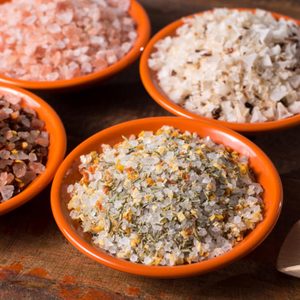
With so many choices in the market, how do you know which salt is best for your recipe? Some work best in baking, others in cooking, and others for finishing the dish. Despite claims that some salts are healthier than others, it’s important to note that their actual sodium content is nearly identical. One teaspoon of any kind of table salt contains approximately 2,300 mg sodium. (If you’re looking to reduce your sodium intake, try these tips). But while all salts are technically the same, chemically speaking, they’re not all equal. Find out which salts work best for your favorite recipes.
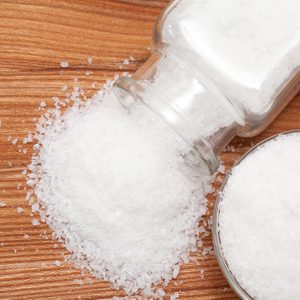
Table Salt
This is the finely ground white stuff in the cardboard cylinder that you probably always have on hand, and that fills your salt shaker. Typically, iodine is added, but noniodized salt is easy to find in supermarkets. Table salt comes from underground deposits that are dissolved in water, treated, and then evaporated and refined. It’s best used in baking because the fine granules dissolve quickly and can be measured accurately.
Make sure you’re getting exact measurements with these Test Kitchen tips.
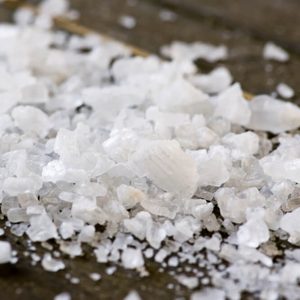
Sea Salt
Sea salt is coarser than fine table salt. It is crystallized via evaporation of seawater. Because it’s less refined than table salt, sea salt may contain other minerals such as calcium, iron, magnesium, potassium, manganese and zinc. Sea salt comes in crystals or flakes, and you can find it in specialty stores and supermarkets. It’s super versatile—perfect for finishing anything from pork and salmon to fresh salads. The small flakes also add a certain flourish to salted caramel desserts.
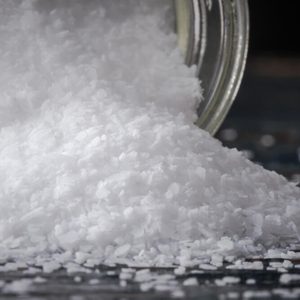
Kosher Salt
Kosher salt stands in contrast to regular table salt due to its larger crystals and lack of iodine. These large crystals are the perfect size for drawing moisture out of meat—part of the koshering process and how this particular salt got its name. This salt is popular among chefs and is a great option for everyday cooking.
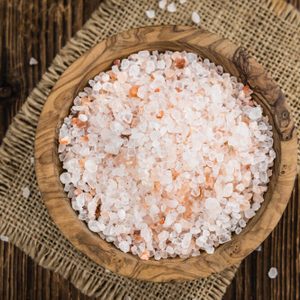
Pink Salt
This salt is mined from a region near the Himalaya Mountains. Pink salt ranges in texture from extra fine to extra course. The pink color comes from the multiple minerals and trace elements it contains. Chefs recommend using the pink stuff as a finishing salt, just before eating the dish. It has a lighter, milder flavor than regular table salt—plus it looks super pretty!
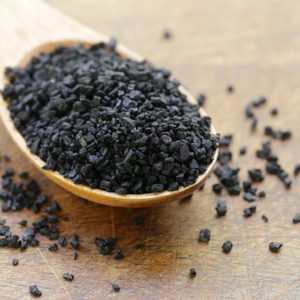
Black Salt
Black salt, while still salt at heart, differs from the other options because of the dark color iron gives it. Typically derived from rock salt in South Asia, this option has a distinctive flavor that comes from its sulfur content.
Hawaiian black salt, on the other hand, is blended with activated charcoal and used as a finishing salt. The unique sulfur-influenced flavor may make you think of eggs, but don’t let that discourage you from using black salt on recipes that don’t have eggs. A little goes a long way, so start out light and tailor to your taste buds.
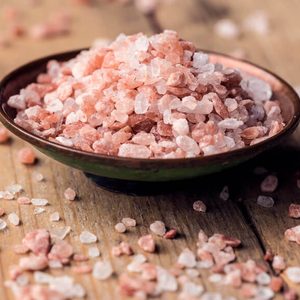
Red Salt
Sometimes known as Hawaiian or alaea salt, red salt is combined with volcanic clay to produce the reddish brown hue. The clay adds dozens of additional minerals to the basic salt formula, but overall they contribute a mellow flavor. Alaea salt is popular in Hawaiian cuisine—give it a try in these tropical-inspired dishes—but the mild flavor works well as a finishing salt, especially for desserts. Authentic Hawaiian salt is expensive and difficult to procure, but many look-alikes (and taste-alikes) are produced in California and can be found at specialty food shops.
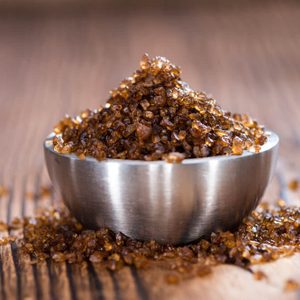
Smoked Salt
At its core a sea salt, smoked salt gains additional flavor from being smoked over various woods. Smoked salts vary in color from light tans to rich browns, but all impart a lightly smoky flavor to food. This makes them a great addition to barbecue dishes and helps impart a little smoky wood flavor if you’re grilling indoors or using a gas grill. A sprinkle of smoked salt can add a touch of savory flavor to many vegetarian foods, too!
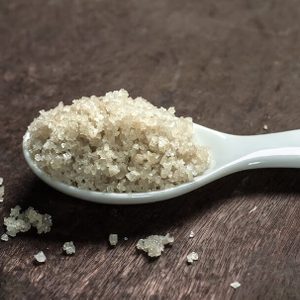
Gray Salt
From the French Atlantic coast, the gray color (often spelled “grey”) of “sel gris” comes from minerals absorbed from the lining of clay ponds. Rich in several minerals (magnesium, iron, calcium, manganese, zinc and iodine), gray salt is used in French cooking. Give it a try in one of our favorite classic French recipes.
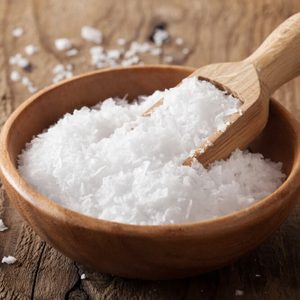
Fleur de Sel
Translated as “flower of the salt,” this variety is raked by hand from the top of salt ponds near certain French villages. These are the same ponds that gray salt is harvested from, but significantly less fleur de sel is gleaned. Similar in color to gray salt or lighter, fleur de sel comes in delicate flakes are used as a finishing.
Now that you know that there’s more to salt than that cardboard canister, you can get to creating cuisine with just a little extra flair. Give a new salt a try in these impressive dinner party dishes.
